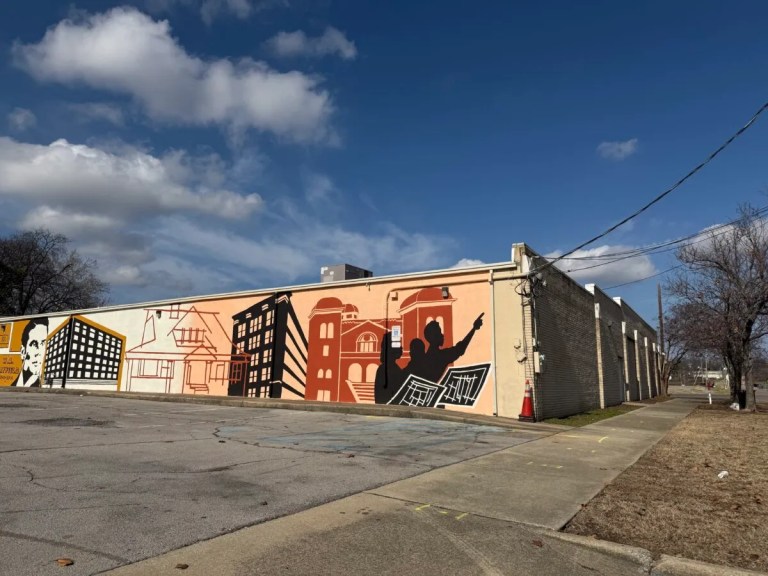Want to stay safe from pollution while swimming in Alabama’s waters this summer? What to know before you go
Reading time: 4 minutes

As a result of a recent major sewage spill and fish kill, caused by Tyson Foods/River Valley Ingredients 220,000-gallon wastewater spill two weeks ago, Birmingham area residents have growing concerns about swimming safely in our rivers, lakes and streams.
Those worries increased this week when the popular Sipsey Fork River Race in Walker County was cancelled. Organizers said they found high levels of E. coli and other bacteria in the water, possibly a result of the spill, that made it unsafe for recreation.
How Do You Stay Safe?

In the case of the Tyson spill, Nelson Brooke with the Black Warrior Riverkeeper advises the public to answer several questions, before venturing out and swimming in waters where there has been a spill.
“People need to be extremely cautious and avoid contact with the river (after a spill), until they can obtain enough information to understand what happened,” stated Brooke in an interview with Bham Now.
Here are the questions that need to be answered, according to Brooke:
What was spilled?
How much, at what time, and when did it end?
Where exactly was the spill?
What response was being taken and by who?
Has any cleanup occurred and is it ongoing?
Is water quality testing happening, if so what and where?

“Really without answers to these questions, all we can do is tell the public to keep faith and avoid the river until we can get answers to all these questions,” added Brooke.
Protect yourself and wildlife. Report problems and don’t be afraid to use your cellphone
Brooke also encourages the public to be proactive and report environmental problems occurring on rivers and streams.
“If it looks like muddy water made the river go from clear to cloudy, if it is stinky or an unsightly sheen on the surface, large foam or dead fish – report it to the riverkeepers and appropriate agencies,” said Brooke.
One other useful tool – your cellphone.
If you see problems. video and record the place and time. If it is a pollution problem, send the documentation to ADEM. Dead fish and other wildlife – the Alabama Department of Conservation and Natural Resources. Call your local riverkeeper, especially if you have questions and you need someone to help guide you.
Join the Swim Guide

Swimming in our rivers, lakes and streams is an incredible and memorable outdoor experience for friends and families. Don’t let an unfortunate spill deter you. Be mindful that swimming pools can have their problems too. Read the Coosa Riverkeeper post – Pools are so last summer – to learn about their issues.
Another way you can stay safe in your watershed is by signing onto the weekly Swim Guide produced by several Waterkeeper groups,including:
Coosa Riverkeeper
Little River Waterkeeper
Cahaba Riverkeeper
Mobile Baykeeper
In a nutshell, Swim Guide is a project that informs the public about the status of the waters pollution/health-wise throughout watershed.
3 Important Tips
Along with signing on to the Swim Guide, Justinn Overton, Executive Director of the Coosa Riverkeeper, provided Bham Now 3 easy tips for the public before you go swimming at the local watering hole.
Remember to:
- Wait about 48 hours after a rain.
- If you have any wounds, keep them covered and clean
- Always wash off after a swim
Notification is the Key
Universally, water protection groups agree – Alabamians need more information and “rapid” notification about the status of our waters and spills.

“In Alabama only 11% of our waterways are accessed, which means there is a huge gap in available water quality data that will help families be informed where they should swim or fish,” Overton said.
It’s all about transparency and accountability concluded the Black Warrior Riverkeeper’s Brooke.
“The public needs to know whether to stay away (rivers and lakes) and be given the ability to make informed decisions on what they can and can’t do.”



